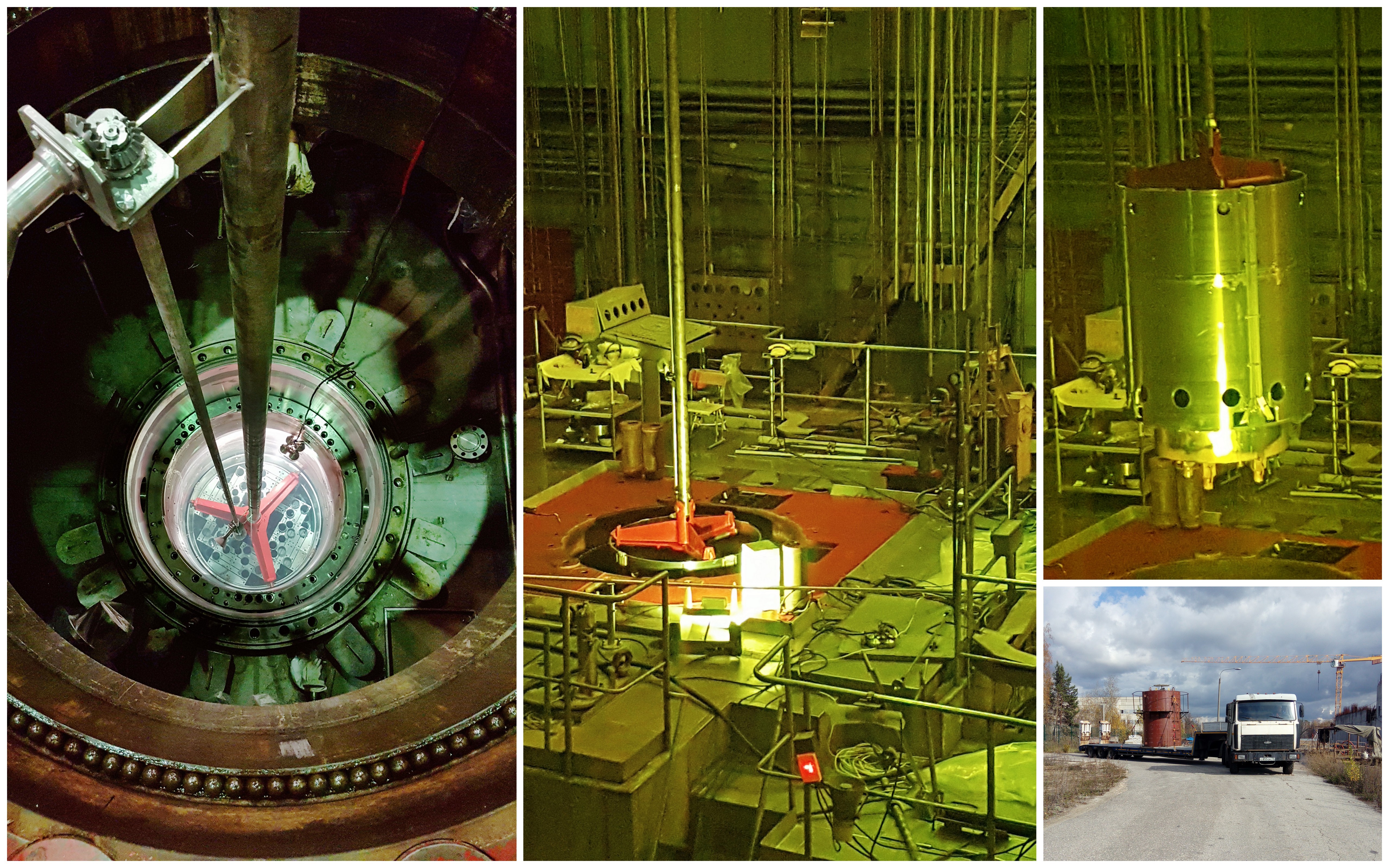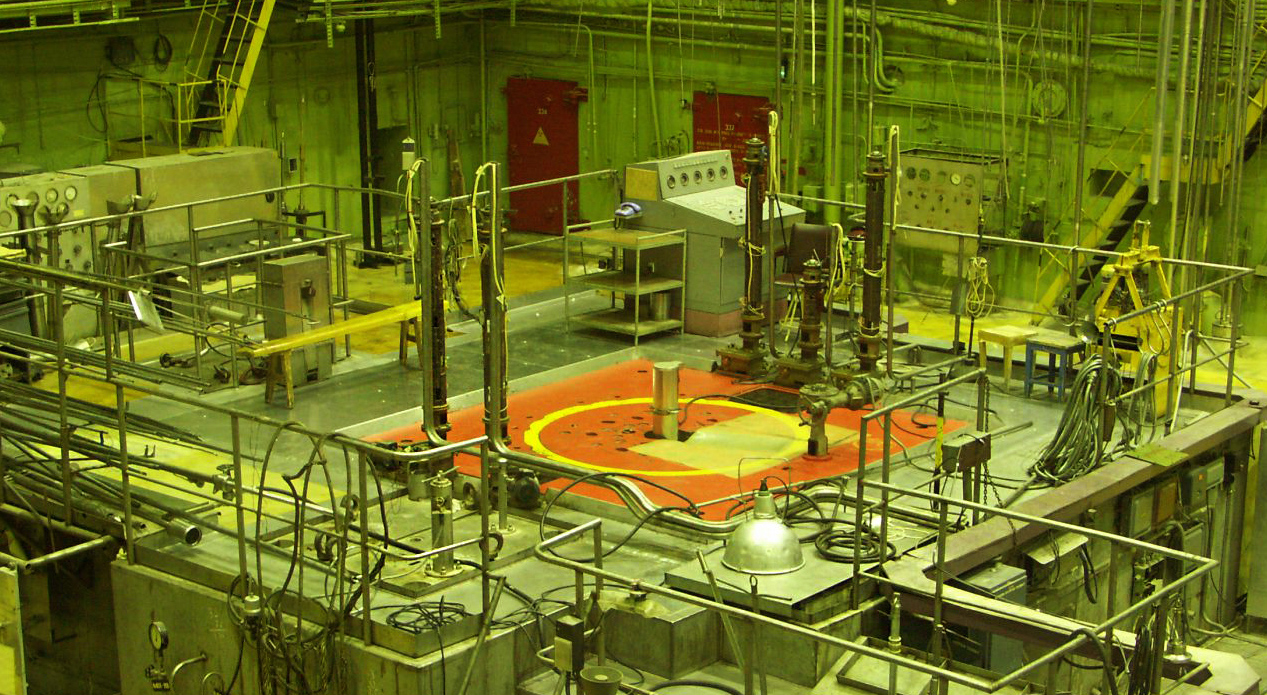On his working trip, Gennady Sakharov, Director for Capital Investments, State Construction Regulations, and State Expert Reviews at ROSATOM visited RIAR JSC (Dimitrovgrad, Ulyanovsk region), where nuclear research installation MBIR and Polyfunctional Radiochemical Complex (PRC) are being constructed. The event was attended by more than 40 specialists representing ROSATOM and companies of Association of Organizations of the Construction Complex of the Nuclear Industry (ACCNI).

During the visit, the participants toured MBIR construction site, discussed in details the progress in installation and construction activities and a range of cooperation-related issues.
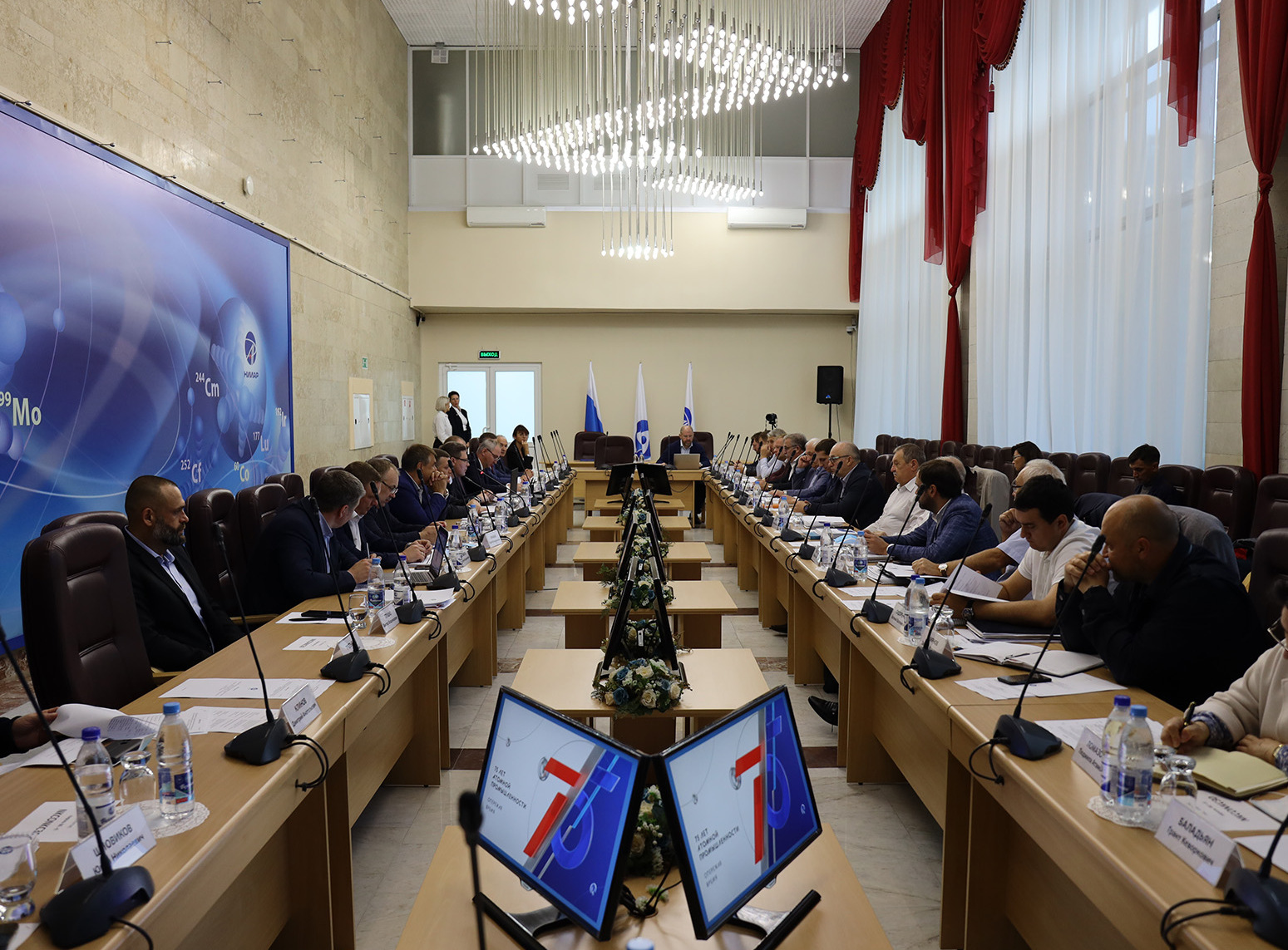
“This year we have really come a long and complicated way to implement this large-scale construction. I would like to emphasize again that MBIR is among strategic projects of national nuclear industry. This project will no doubt enable ROSATOM to be the world’s leader in the field of nuclear technologies” Gennady Sakharov said in his opening speech.
At present, there are more than 200 builders, including engineers, 26 units of equipment on the construction site. A new General Contractor “Orgenergostroy Insitute” JSC will increase the working personnel up to 500 people even in 2021, taking into account current and scheduled contraction by the end of 2020. More than 100 engineers will be engaged in the project implementation; the number of equipment will be increased up to 112 units. Later on, the number of builders is expected to be 1300 people.
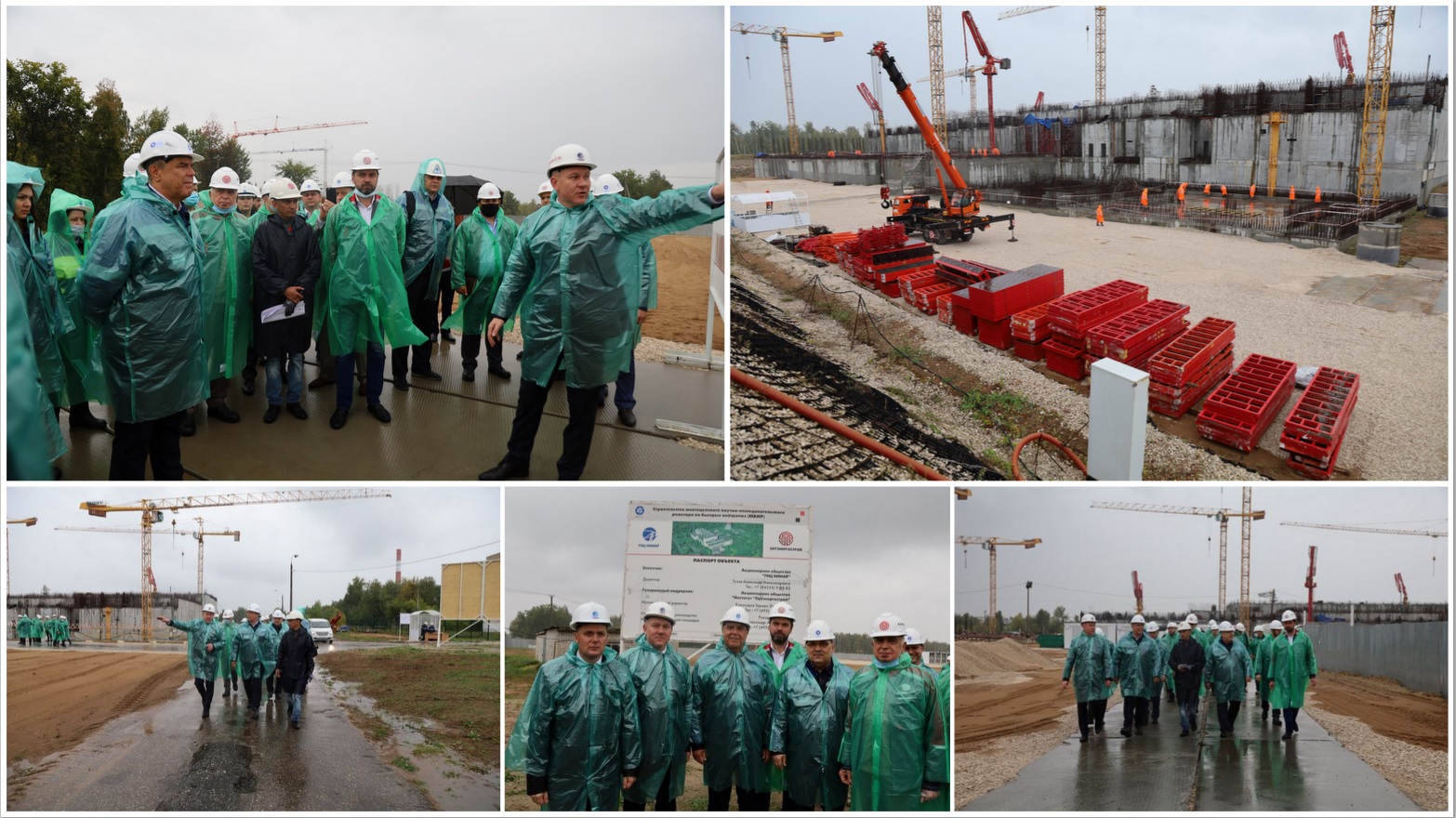
During the Coordination Meeting, two contract signing ceremonies were held. The first contract was signed by Sergey Kiverov, Deputy Director for Construction, MBIR and PRC Project Manager, RIAR JSC and Elkuja Kokosadze, Director General, “Orgenergostroy Insitute” JSC. This Contract creates the General Contractor’s liabilities in the scope of installation and construction work at MBIR by construction years in accordance with the first-level schedule approved by Alexey Likhachev, Director General, ROSATOM. The second contract signed by ACCNI members fixes the intentions of cooperation in the format of Consortium.
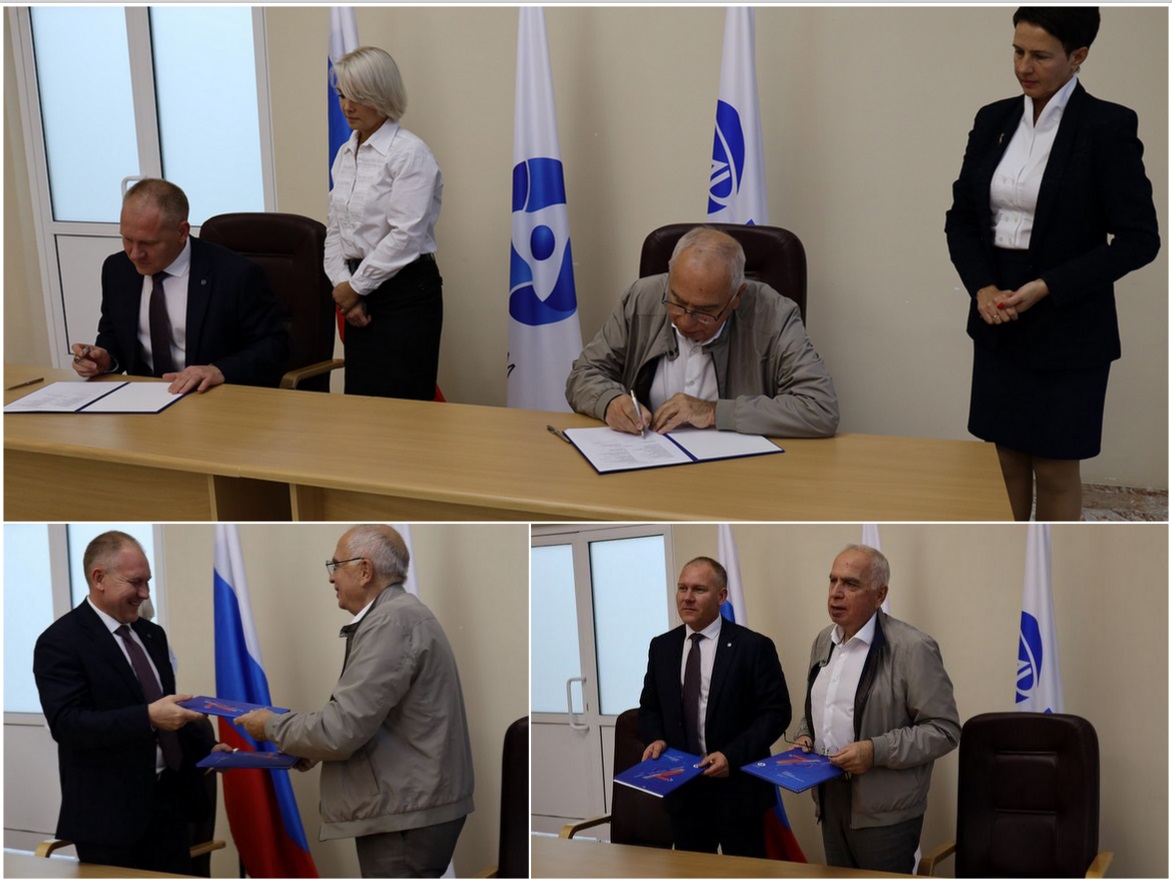
The Meeting participants gave special attention to implementation of information modelling technology at MBIR (BIM model). ROSATOM is rapidly moving to digitalization by implementing BIM as a crucial instrument of the competitive advantage in the world market. In particular, this August, RIAR used pilotless aircrafts to get visual information and structured data to create a digital model of its site.
According to specialists from Industry Center for Capital Construction, the digital model will be used for MBIR Project development and implementation, including plan-fact analysis, definition of necessary cadastral works scope, and coordination of construction equipment movement around the site and also for remote work control at a construction stage. “Such approach will enable to effectively use resources and significantly reduce expenses regarding time and cost of the Project” specialists said and added that the remote construction monitoring will make it possible to draw up recommendations on enhancing construction rate monitoring, to decrease human factor errors and to optimize costs for construction monitoring and logistics.
Reference:
MBIR-based International Research Center is being constructed at RIAR JSC site (ROSATOM Scientific Division, Dimitrovgrad, Ulyanovsk region). Within its framework both foreign and Russian participants can get access to the reactor capabilities and perform necessary tests when the reactor is commissioned. The MBIR start-up will strengthen Russia’s leadership in the global market of fast nuclear facilities and possess a unique research infrastructure that is important to promote Russia’s interests in the world.
Unique MBIR parameters with thermal capacity of 150MW and high neutron flux (5.3*1015 n*cm-2*s-1) provide for a wide range of research challenges to be solved in justification of new competitive and safe nuclear power installations, including fast reactors to close nuclear fuel cycle. At that, test time on a new reactor will be severalfold reduced in comparison to the existing reactors.
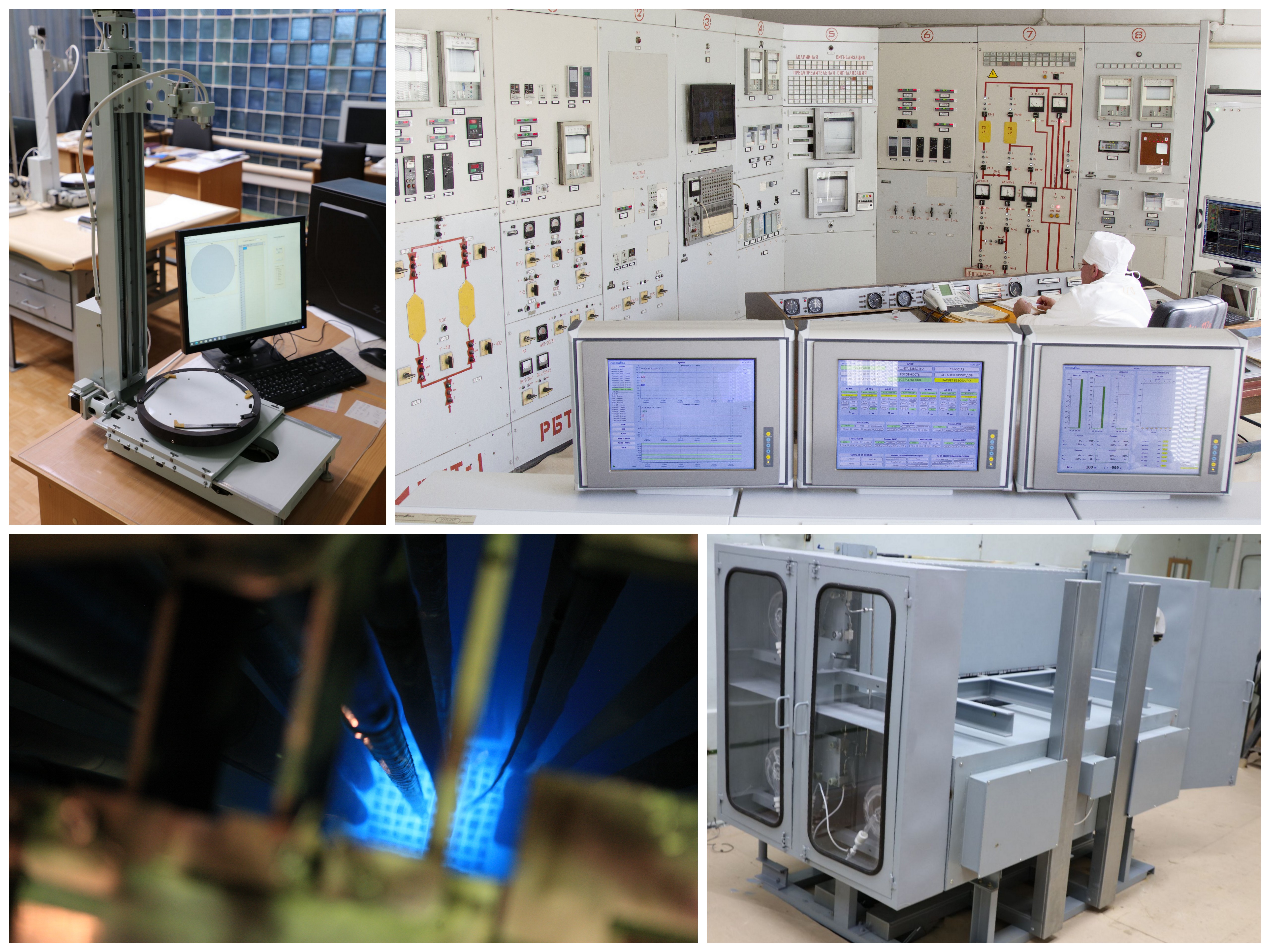
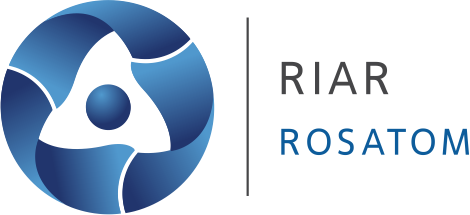


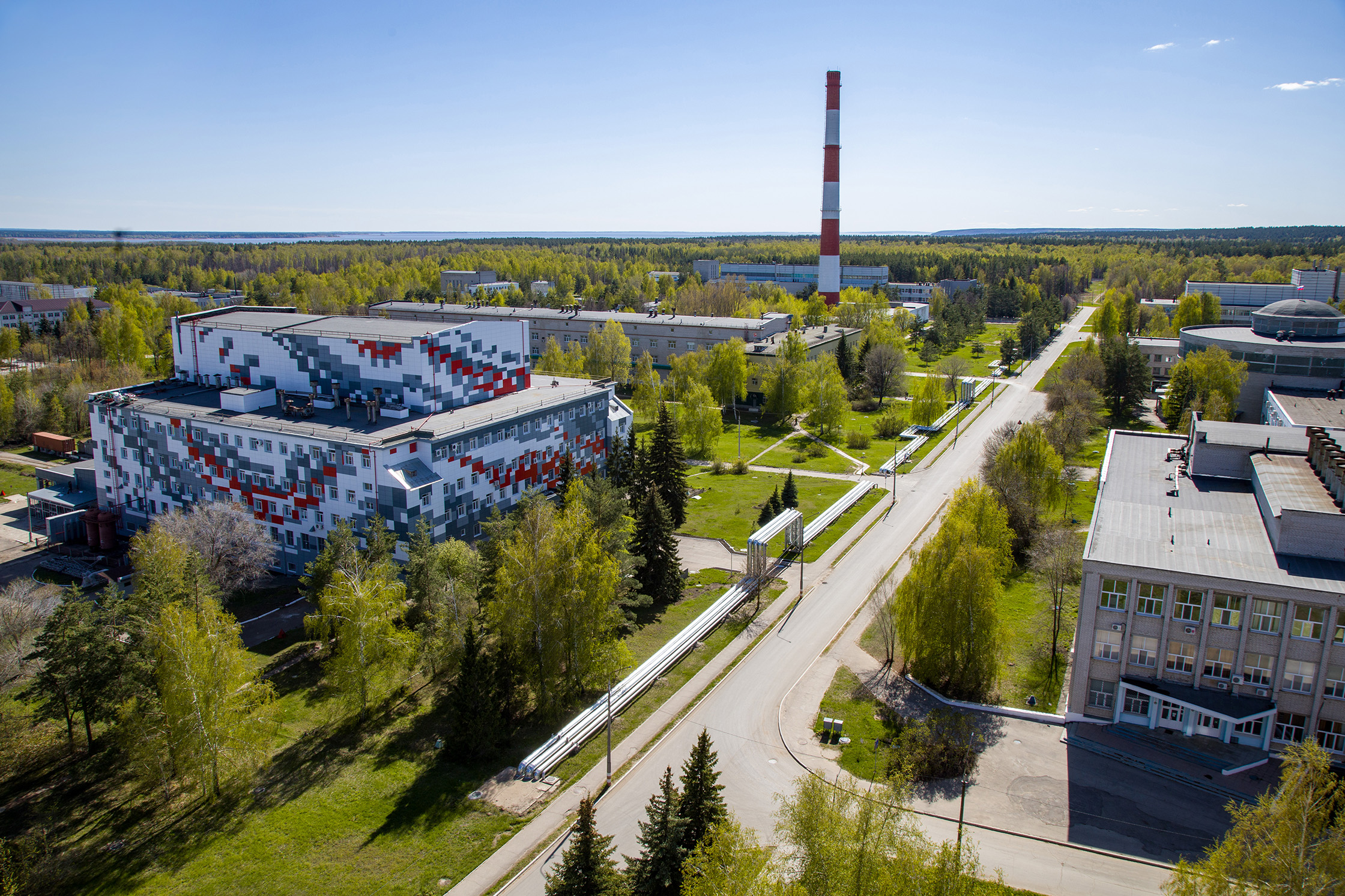
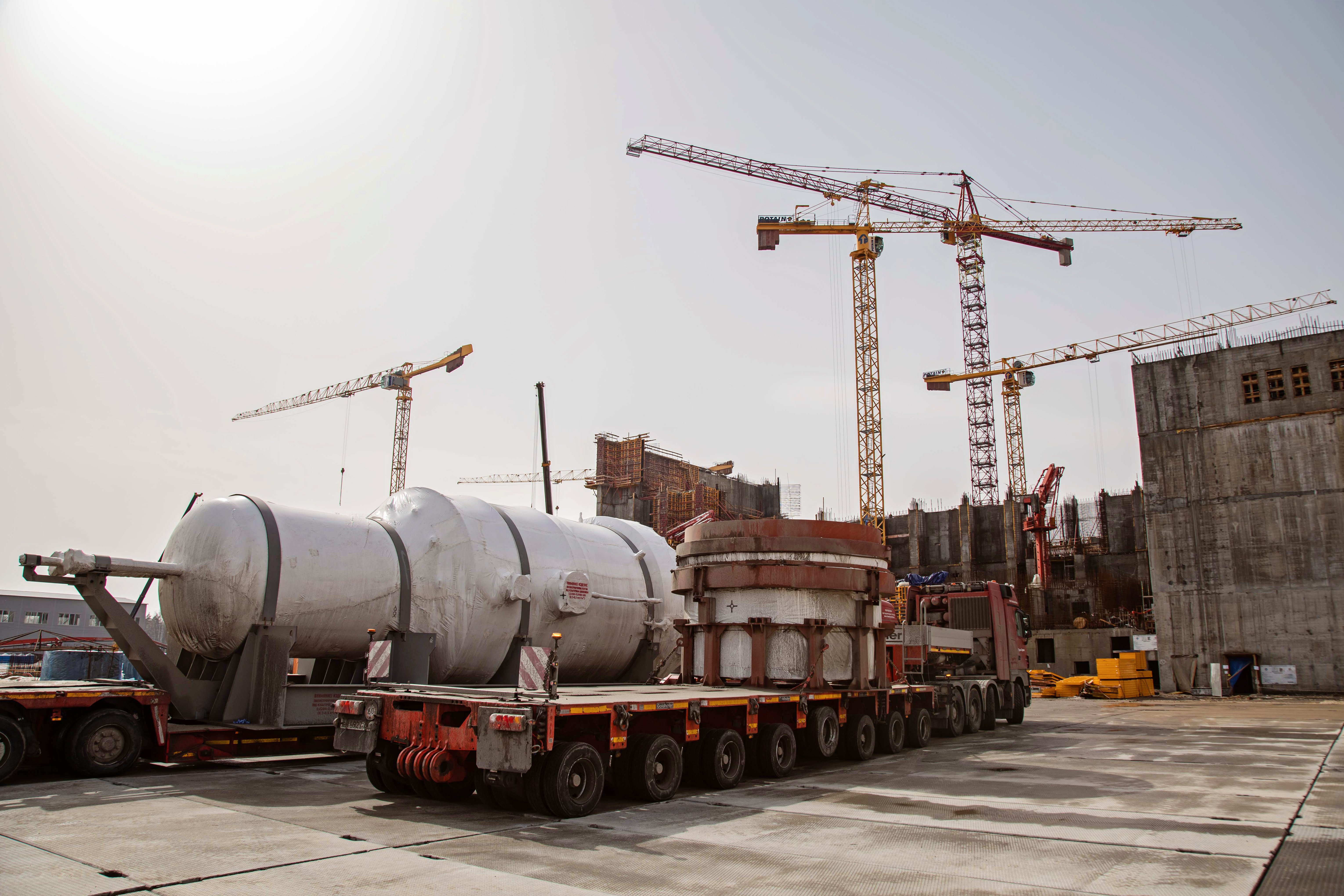
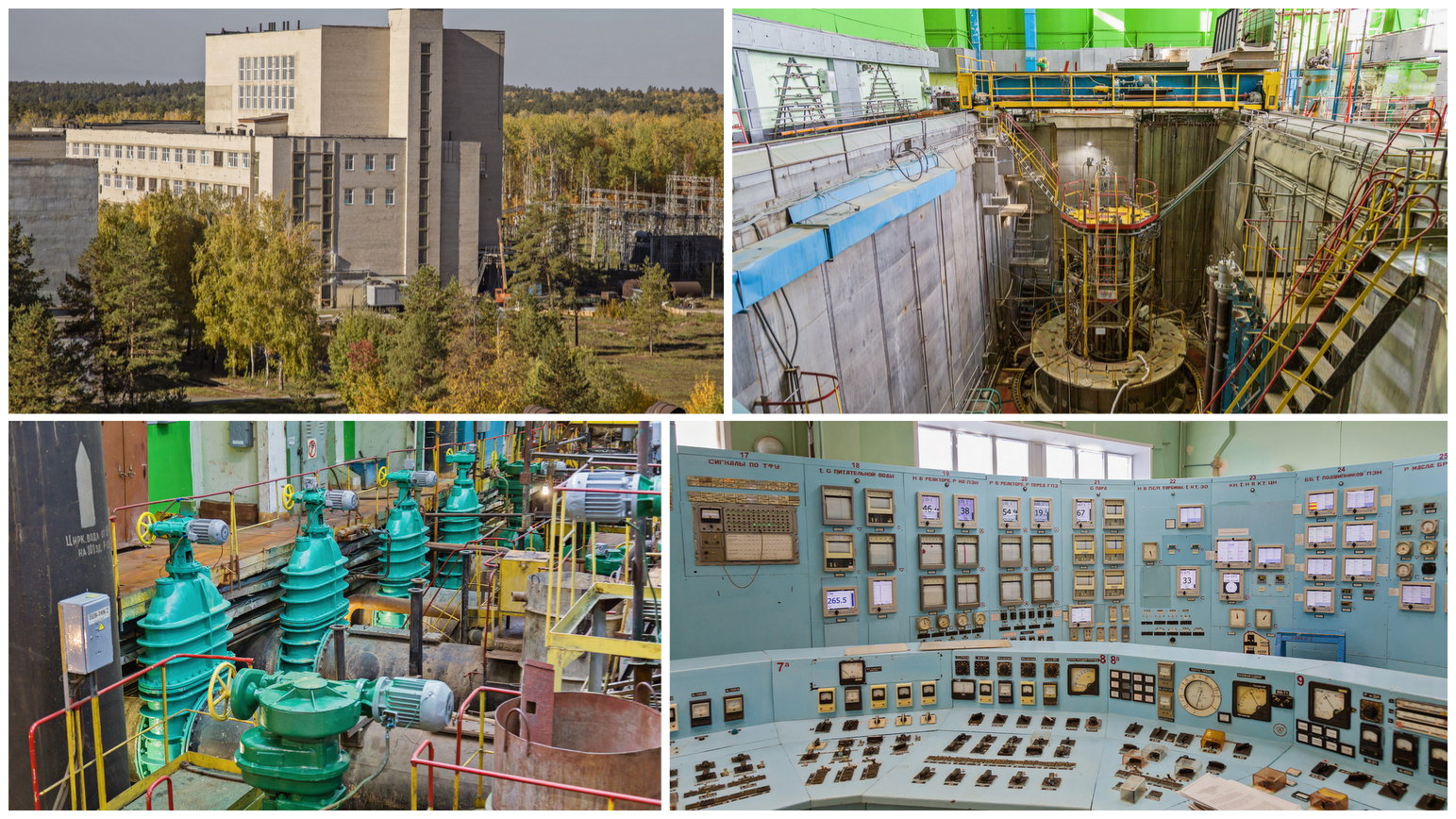




 RIAR JSC, (a member of scientific division of ROSATOM State Atomic Energy Corporation) and Fangda Carbon New Material Co., Ltd. (the People’s Republic of China) signed a long-term contract for graphite irradiation followed by post-irradiation examinations of graphite samples provided that the irradiation conditions are similar to those of graphite operation in advanced high-temperature gas-cooled reactor HTR-PM600.
RIAR JSC, (a member of scientific division of ROSATOM State Atomic Energy Corporation) and Fangda Carbon New Material Co., Ltd. (the People’s Republic of China) signed a long-term contract for graphite irradiation followed by post-irradiation examinations of graphite samples provided that the irradiation conditions are similar to those of graphite operation in advanced high-temperature gas-cooled reactor HTR-PM600.